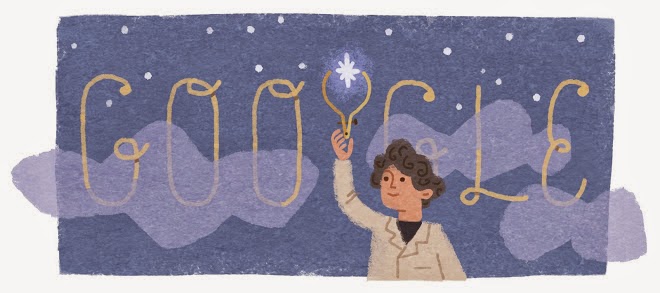From The Word Made Flesh - O Verbo se fez Carne Excerpt from Caliban’s soliloquy in “The Tempest” "Be not afeard; the isle is full of noises, Sounds, and sweet airs, that give delight and hurt not. Sometimes a thousand twangling instruments Will hum about mine ears; and sometime voices That, if I then had waked after long sleep, Will make me sleep again; and then in dreaming, The clouds methought would open, and show riches Ready to drop upon me, that when I waked I cried to dream again.”
